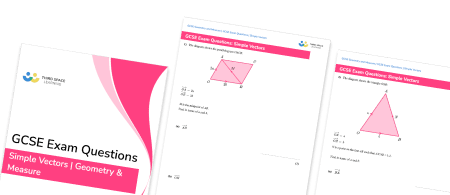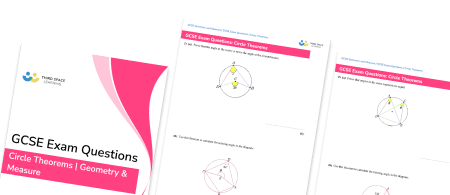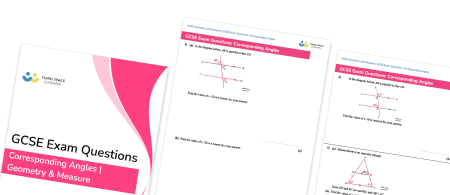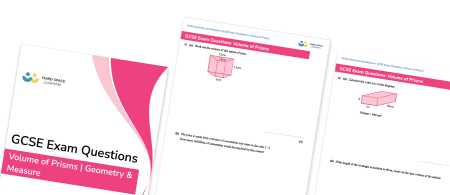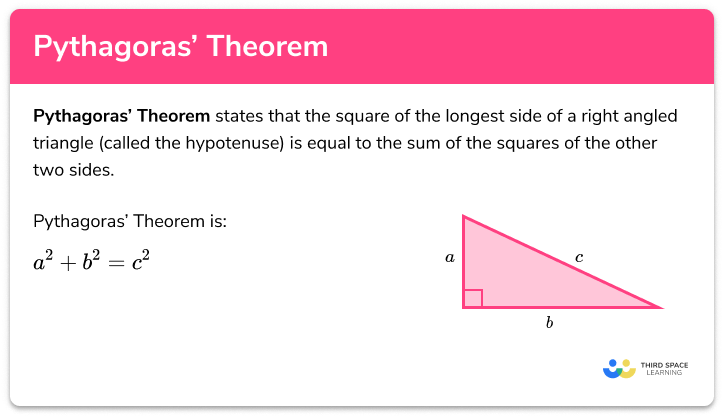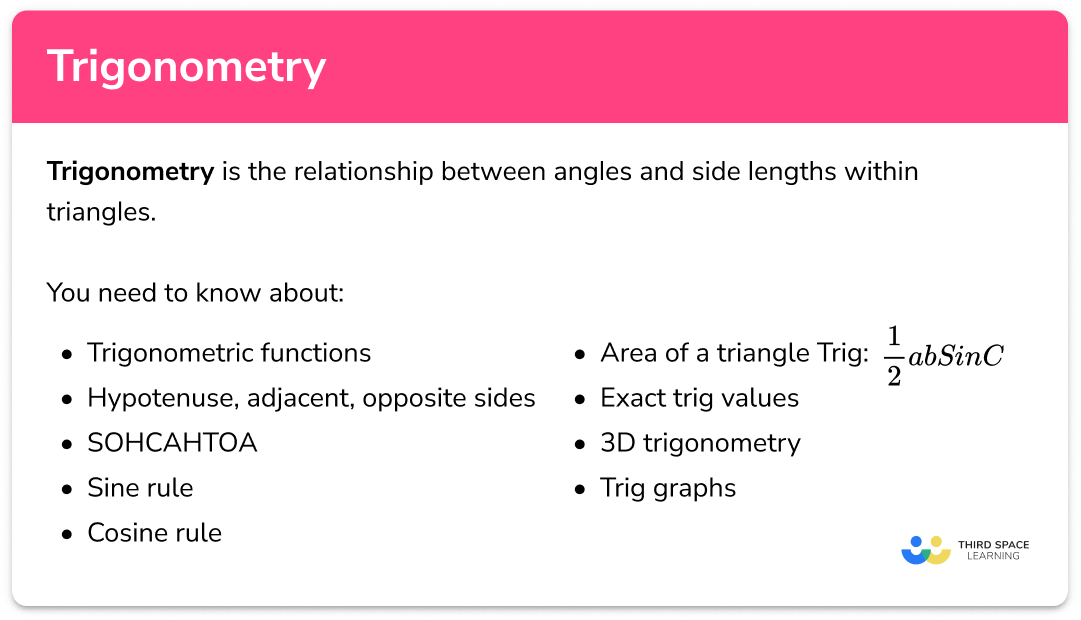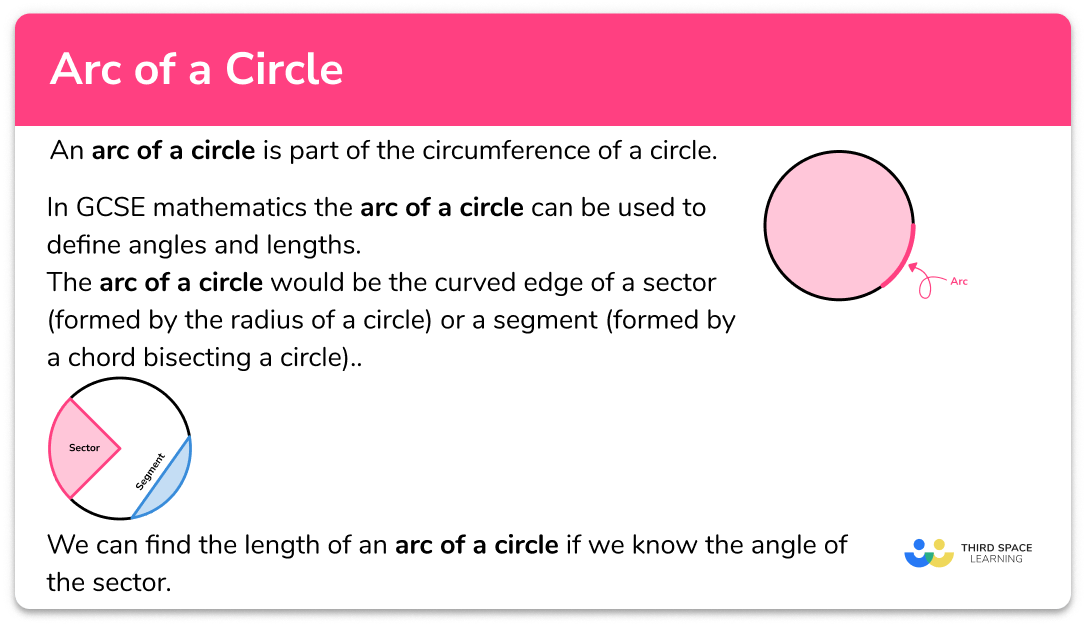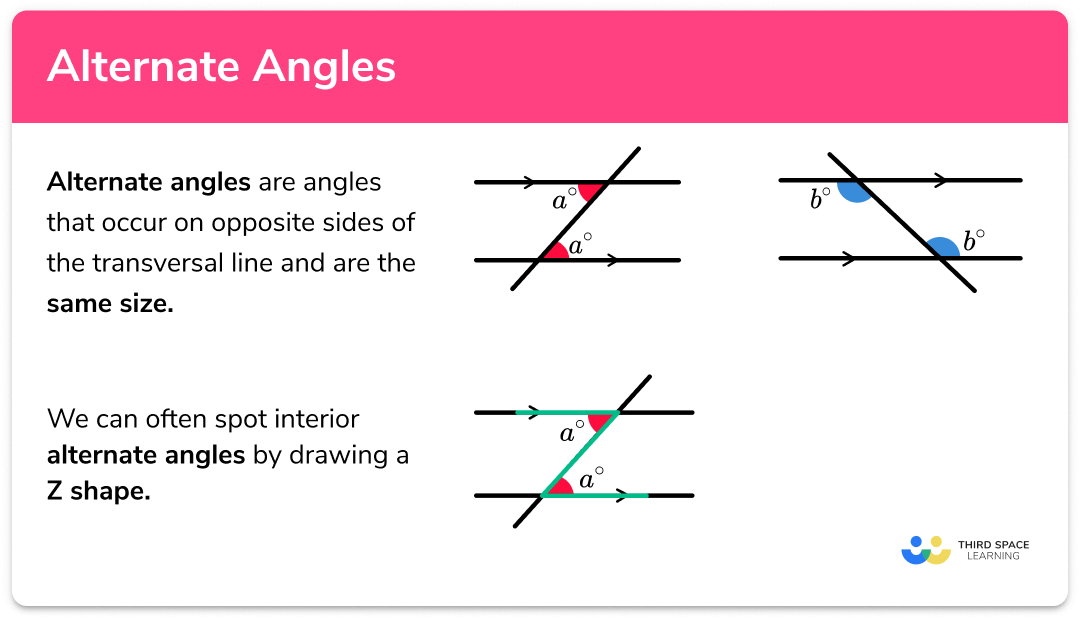FREE DOWNLOAD
3D Shapes Worksheet Vertices, Edges, Faces

Help your students prepare for their Maths GCSE with this free 3D shapes, vertices, edges, faces worksheet of 44 questions and answers
- Section 1 of the 3D shapes, vertices, edges, faces worksheet contains 36 skills-based 3D shapes, vertices, edges, faces questions, in 3 groups to support differentiation
- Section 2 contains 4 applied 3D shapes, vertices, edges, faces questions with a mix of worded problems and deeper problem solving questions
- Section 3 contains 4 foundation and higher level GCSE exam style 3D shapes, vertices, edges, faces questions
- Answers and a mark scheme for all 3D shapes, vertices, edges, faces questions are provided
- Questions follow variation theory with plenty of opportunities for students to work independently at their own level
- All questions created by fully qualified expert secondary maths teachers
- Suitable for GCSE maths revision for AQA, OCR and Edexcel exam boards
- There are other free printable worksheets covering geometric shapes, including properties of 2D shapes worksheets.
3D shapes, vertices, edges, faces at a glance
A three-dimensional shape (3D shape) has three dimensions, length, width and height. Students are expected to recognise solid shapes such as cubes, cuboids (or rectangular prisms) and triangular prisms. We live in a three-dimensional world, so students should be familiar with the real life examples of different 3D shapes around them.
3D shape properties include the number of faces, edges and vertices of 3d shapes. A face is a flat or curved surface. An edge is where two faces meet, and a vertex is a corner where edges meet. If the faces of a 3-dimensional shape are all polygons, it is called a polyhedron. If all faces are the same regular polygon, it is called a regular polyhedron. An example of a regular polyhedron is a tetrahedron which has four equilateral triangular faces.
Euler’s formula links the number of faces, vertices and edges. It states that for any polyhedron, the number of faces plus the number of vertices minus the number of edges will always be 2. This is not examined at GCSE but can be a good enrichment task when studying properties of 3D shapes and is a great introduction to a very famous mathematician.
A prism is a geometric shape that has a constant cross-section. If we cut a prism parallel to its end, we reveal an identical 2D shape. An example of a prism is a hexagonal prism; it consists of two hexagonal faces at either end, and six rectangular faces joining the hexagons. If we cut this prism through the rectangular faces, the 2D shape revealed inside would be a hexagon.
There are different 3D shapes activities students can do to learn properties of 3D shapes. For example, it can be useful for students to create a set of revision flashcards with the name, diagram and properties of each 3D shape. Creating a 3D paper model or a net or using real life examples can help make 3D shapes interactive and allow students to identify and count faces, edges and vertices on the shape.
Looking forward, students can then progress to additional 3D shapes worksheets and more geometry worksheets for example an angles in polygons worksheet or volume and surface area of spheres worksheet.

For more teaching and learning support on Geometry our GCSE maths lessons provide step by step support for all GCSE maths concepts.
Do you have students who need additional support?
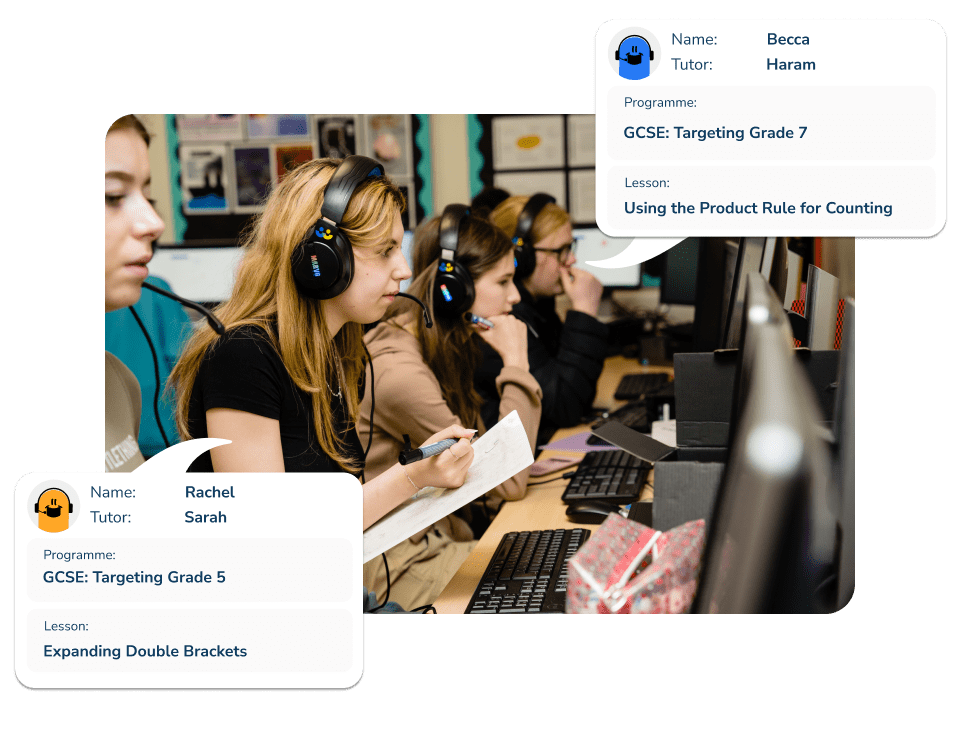
With Third Space Learning's secondary maths tutoring programmes, students in Year 7-11 receive regular one to one maths tutoring to address gaps, build confidence and boost progress.
"My confidence in the tutoring is high. We've had some phenomenal results. I even had one girl get a Grade 8 this year; she came to every tutoring session."
Stacey Atkins, Maths Director, Outwood Grange Academies Trust

